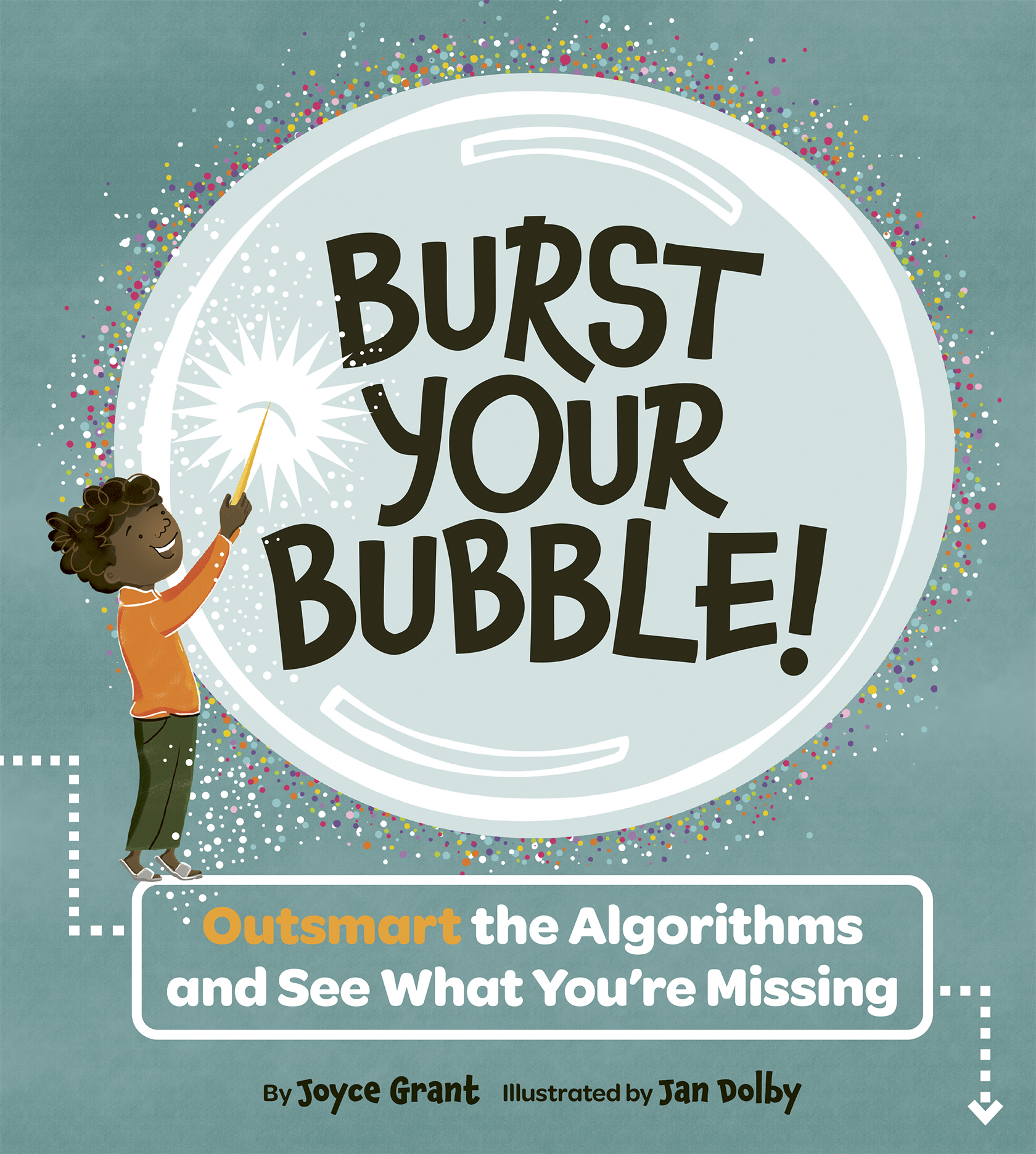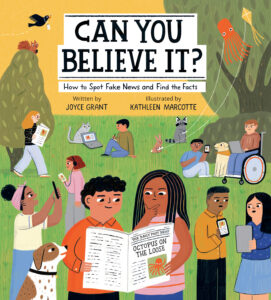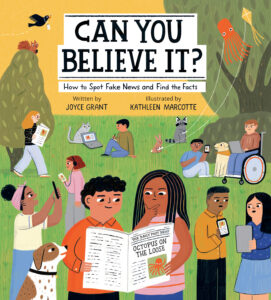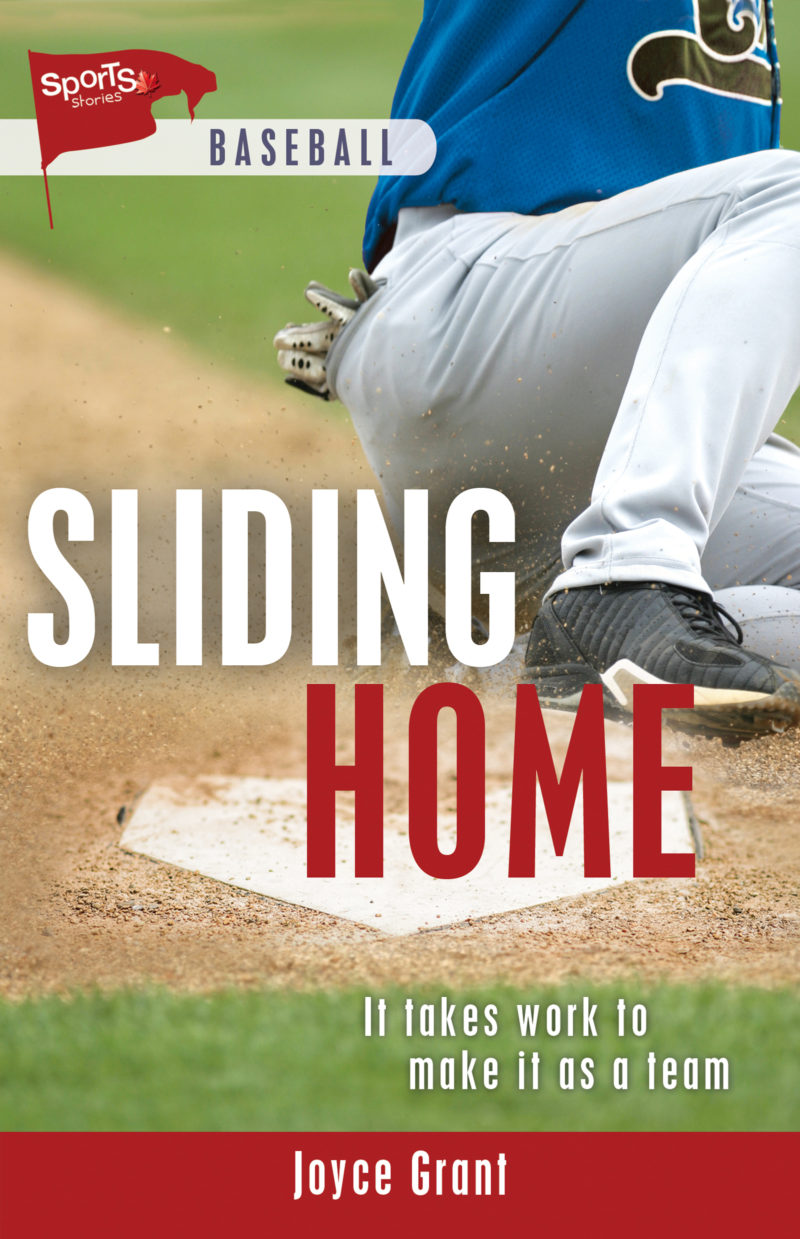
Changing the rules of hockey to reduce aggressive behaviour like bodychecking is the best way to keep kids safer on the ice, according to a new study by a group of Canadian researchers.
In hockey, bodychecking is when one player blocks another player with his or her body.
The researchers looked at the different ways people have tried to reduce injuries among young hockey players.
They found that the most effective method is to introduce a “no bodychecking” rule, or at least raise the age when players can begin to bodycheck.
The number of young hockey players suffering brain and spinal cord injuries has increased in the past 15 years. On some teams, as many as one-quarter of the players will suffer a concussion during a season.
These injuries are often caused by bodychecking.
The researchers found that 11- and 12-year-old players are more likely to be injured if their league allows bodychecking.
All leagues for 14- and 15-year-olds allow players to bodycheck. But players who began using bodychecks when they were younger are more likely to be injured than players who did not use bodychecks before.
The researchers said changing the rules is the best way to prevent injuries because it lets everyone know that aggressive behaviour is not acceptable.
Introducing “Fair Play” programs, which reward teams for good sportsmanship, and teaching players and coaches about the dangers of aggressive behaviour can also help reduce injuries.
The researchers recently published their report in the Canadian Medical Association Journal (CMAJ).
CURRICULUM CONNECTIONS
By Kathleen Tilly
Writing/Discussion Prompt
Is aggression an important part of sports?
Would taking aggression out of hockey change the game?
Reading Prompt: Responding to and Evaluating texts
Why do you think bodychecking is allowed in the first place? If it is so dangerous, should it be allowed at all? Why or why not?
Primary
Express personal opinions about ideas presented in texts (OME, Reading: 1.8).
Junior
Make judgements and draw conclusions about the ideas and information in texts and cite stated or implied evidence from the text to support their views (OME, Reading: 1.8).
Intermediate
Evaluate the effectiveness of both simple and complex texts based on evidence from the texts (OME, Reading: 1.8).
Grammar Feature: Hyphen
A hyphen (-) is a punctuation mark that is used to join words.
Explain why you think a hyphen is used after a number, even when it is not connected to another word. For example, “All leagues for 14- and 15-year-olds allow players to bodycheck.”








